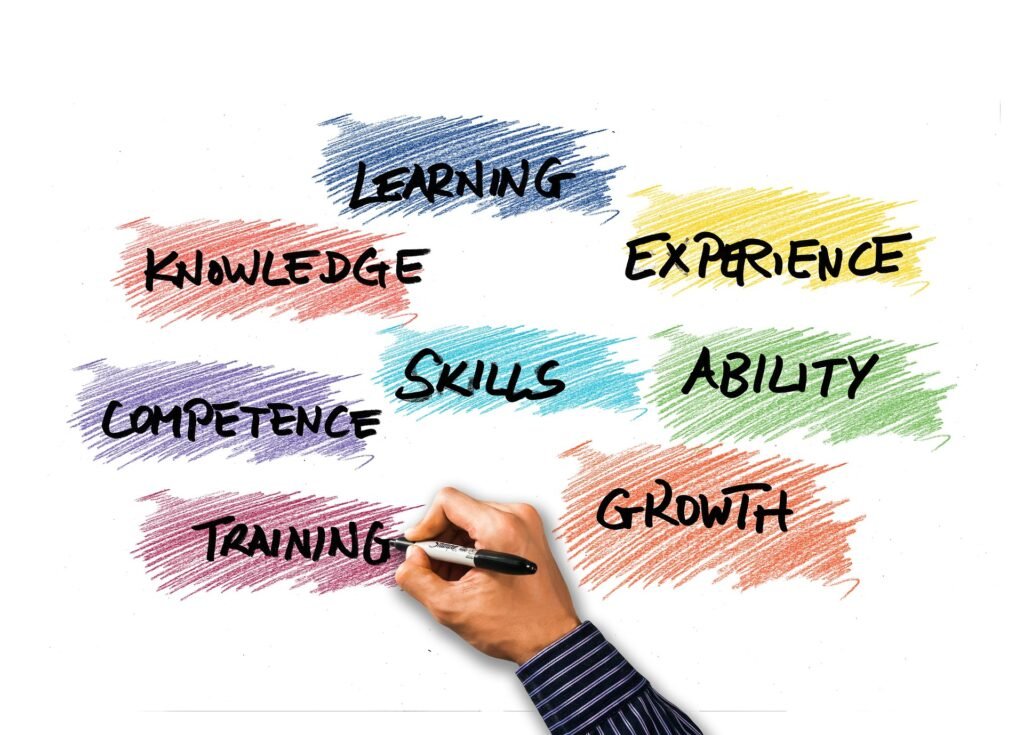
4 Great Ways to Boost Your Interpersonal Communication Skills Interpersonal communication refers to the methods we use to communicate thoughts, feelings, and needs to other people. On the job, this includes things like reporting the status of a task we’re working on, asking for information for a task or job, and resolving conflict between team […]

5 Easy Tips for Giving Employee Feedback Giving employee feedback is one of the key ways we train, reinforce, and communicate with our team members. Effective feedback motivates employees and increases their confidence in their job performance. It’s actually something team members consistently ask for on surveys about work satisfaction. Knowing how you’re doing, what […]

5 Successful Components of Delegation Delegation is one of the most critical skills you can learn as a leader. Not only does it effectively train your team and give them ownership of the work you’re doing together, but it’s like adding extra hours to your day. Delegation allows you to get multiple tasks on your […]

Get a Fresh Start with These Tips for Managing a Hybrid Team The new year is the perfect time to create a fresh start and update your skills in managing a hybrid team. You may have practices that used to fit your team that simply don’t work well today. We live in a new world […]

4 Ways Personal Development Boosts Leadership Skills It is exciting to lead people and it is a critical role. According to experts, leaders can have a direct impact on their team’s happiness and self-esteem. That said, in today’s new reality, with fewer resources and a hybrid workforce, being in charge of a team presents unexpected […]

4 Reasons Good Leadership Requires Friendliness Leadership requires a lot of different skills. In addition to expertise in a specific field, it requires the ability to manage resources, budgets, projects and most importantly, employees. One of the best ways to invest in the people who make up your team is to make friendliness a key […]

5 Tips for More Effective Meetings Meetings: people seem to love them or hate them. Some see meetings as a time waster, while others thrive on the collaborative energy that comes from regular check-ins or stand-ups. Whatever the emotions that seeing a meeting on the calendar causes, meetings are an essential tool for an effective, […]

9 Positive Leadership Maxims Being a great leader is more than a job—it’s a way of approaching life. It can sometimes be a challenging lifestyle, and can even be discouraging. Here are 9 positive leadership maxims to energize you in your leadership role. 1. To make a difference, be the difference. Are you practicing the […]

The Difference Between a Boss and a Leader – 3 Tips! Every leader is a boss, but not every boss is a leader. What’s the difference between a boss and a leader? It all comes down to how you do it. A boss is in charge because of his or her position and title. He […]

Benefits of Employee Appreciation We all crave appreciation, even when we already know we’ve done a job well. When is the last time a coworker or boss showed appreciation for what you do? Do you remember how it made you feel? In the 1940s, Lawrence Lindahl conducted a study on employee motivation. The results may […]










